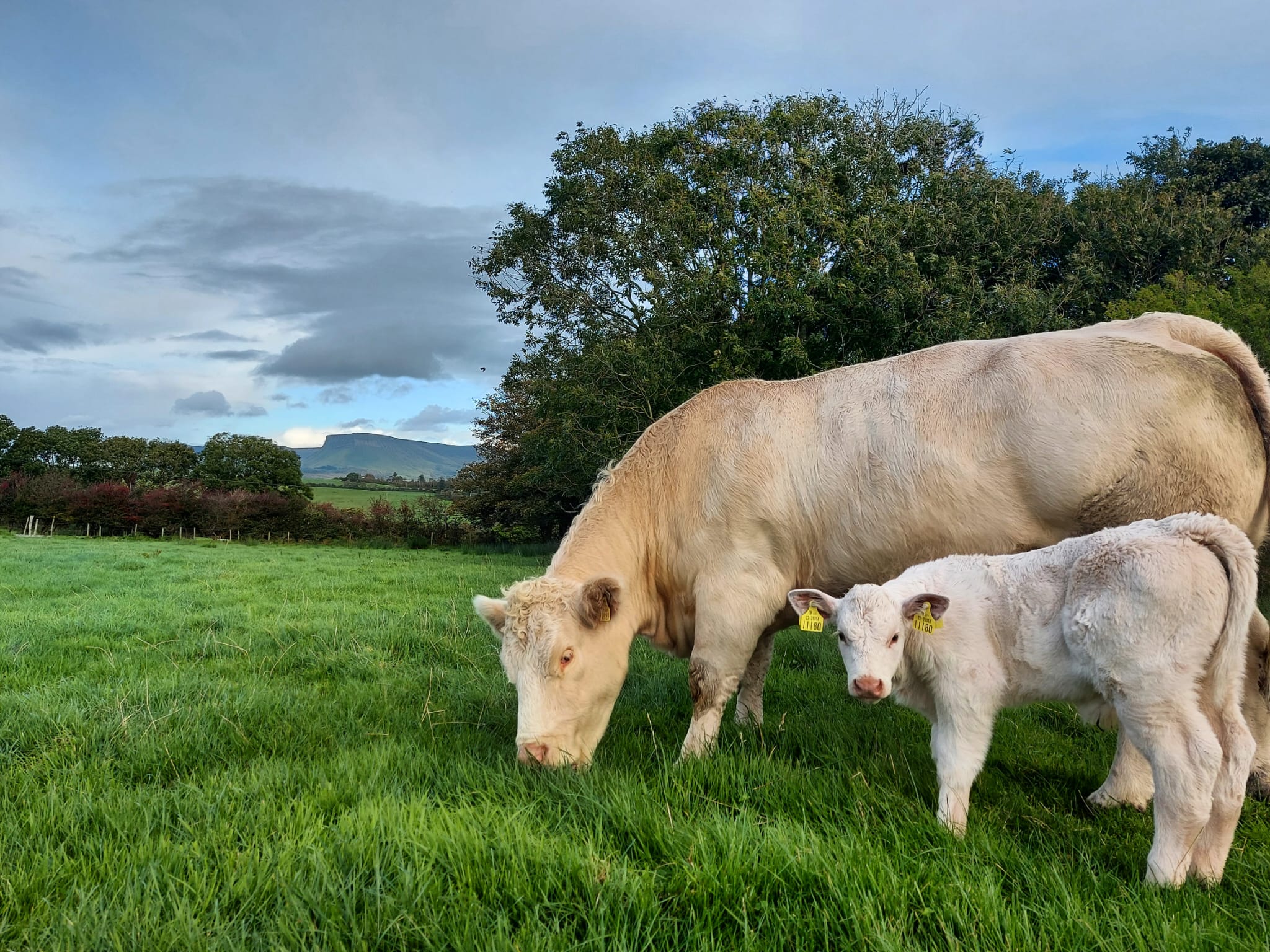By Daniel Hession – Nutritionist & Technical Manager
1. Grassland Management
Grazing conditions are fairly good, but as pre-grazing yields build, use strip-wires to ensure grazing down to 4 cm. Most farms should now be on a 30-day rotation, avoid letting rotation length drop below this as it will reduce the number of days at grass. The target average farm cover (kg DM/ha) on 1st September is 750 for farms stocked at 2.5 LU/ha and 990 for a farm stocking rate of 3.0 LU/ha.
The fertiliser applied over the next couple of weeks is to grow grass for the final rotation. The Nitrogen recommendation for Sept is 15-20 units N/acre (based on application of 20-25 units N/acre in August). The response to N fertiliser is still good in September, the earlier N is applied, the better the response. The deadline for chemical N and P application is 14th September. The deadline for slurry applications is 30th September. Spread any remaining slurry in tanks while weather and ground conditions allow.
2. Dairy
Do a body condition score (BCS) on all cows in late September so you have time to rectify any problems. The target body condition score now is 2.75 or greater. You must identify cows that are thinner than that now and plan some course of action for them.
It’s a good time to ensure replacement heifers are still on track to achieving their target weights. By weighing heifers now compared to weighing at housing, it means you have the opportunity to identify heifers behind target and make a plan for them to catch up. Spring 2023 born heifer calves should be 33% of their mature weight (170 - 190 kg) and in calf heifers should be 73% of their mature weight (400 - 430 kg) in September. Heifers that are behind target should be separated into their own group and given priority access to high quality grass and supplemented with concentrates (1 – 2 kg/head/day).
Identify cows for culling now. Culling should take place from September on to reduce stocking rate on the grazing platform to 2.8 cows/ha. Choosing cows to cull must consider more than reproductive performance. Prepare a cull list, which could be refined into “must cull” (e.g., empty cows, high SCC cows) and “would like to cull” (e.g. lame cows, late calvers, slow milkers etc.) categories. Culling should be based on a combination of factors and good records are essential.
3. Beef
Many farmers are already meal feeding suckler calves prior to weaning or will soon start, some guidelines for meal feeding weanlings:
- Introduce meal 4 weeks prior to weaning and continue for 2 weeks after.
- Target calves to be consuming 1kg/day at weaning time but well grown bull weanlings can be fed 1.5 to 2.5kg/day.
- Use troughs instead of creep feeders as meal intake can be regulated.
- Keep the feed fresh and clean out troughs if necessary.
There are reports of poor slaughter performance in cattle slaughter directly off grass. The low grass dry matter has curtailed performance in recent weeks. Where cattle are behind target then introducing concentrates or increasing feeding levels where already feeding may be a good option at this stage. Feeding 2 to 3kg of meal daily to early maturing animals will suffice, where fat cover is poor on continental cattle then feeding rates may need to be increased to close to double this.
4. Sheep
There are a number of actions as part of the Sheep Improvement Scheme (SIS) that participants must complete before 30th September 2023. For further details please visit Sheep Improvement Scheme - Summertime Actions |Tips & Advice |Homeland Stores.
At this time of year, there is a lot of movement of rams, breeding females and store lambs between farms. When new sheep are introduced into a flock there is a risk of bringing in diseases or parasites. It’s important to have a good quarantine protocol in place. This involves keeping newly purchased sheep separate for a sufficient period (minimum 21 days) and administering health treatments e.g., worm dose, before introducing to the main flock. Other practices that should be carried out include foot bathing and plunge dipping for controlling external parasites. Vaccinations e.g., clostridial disease vaccination may be required.

